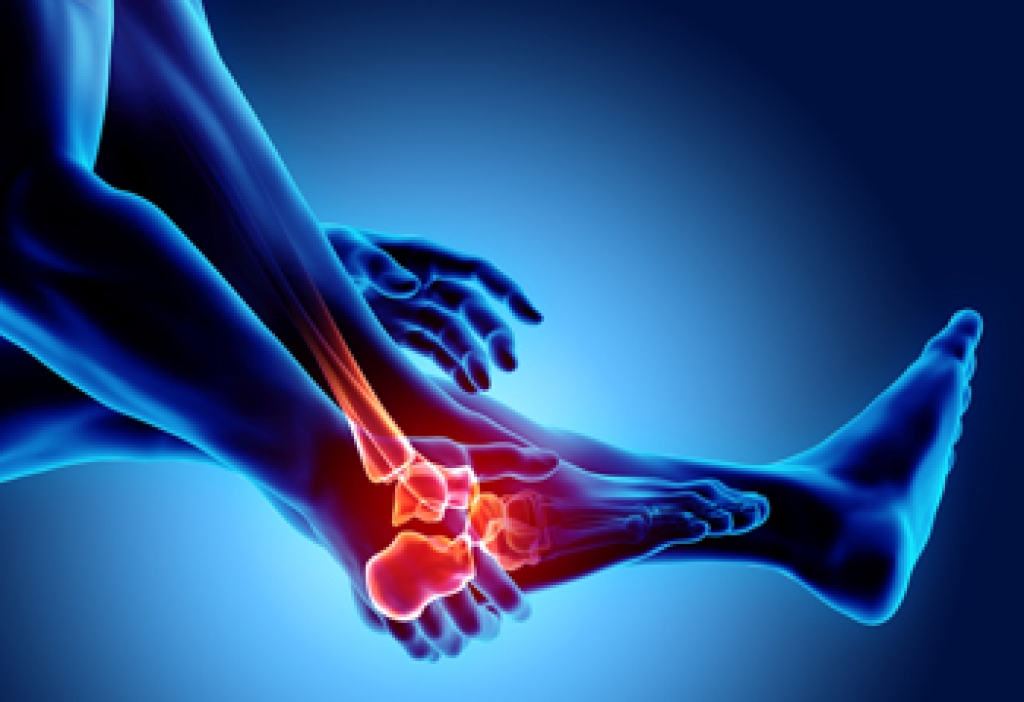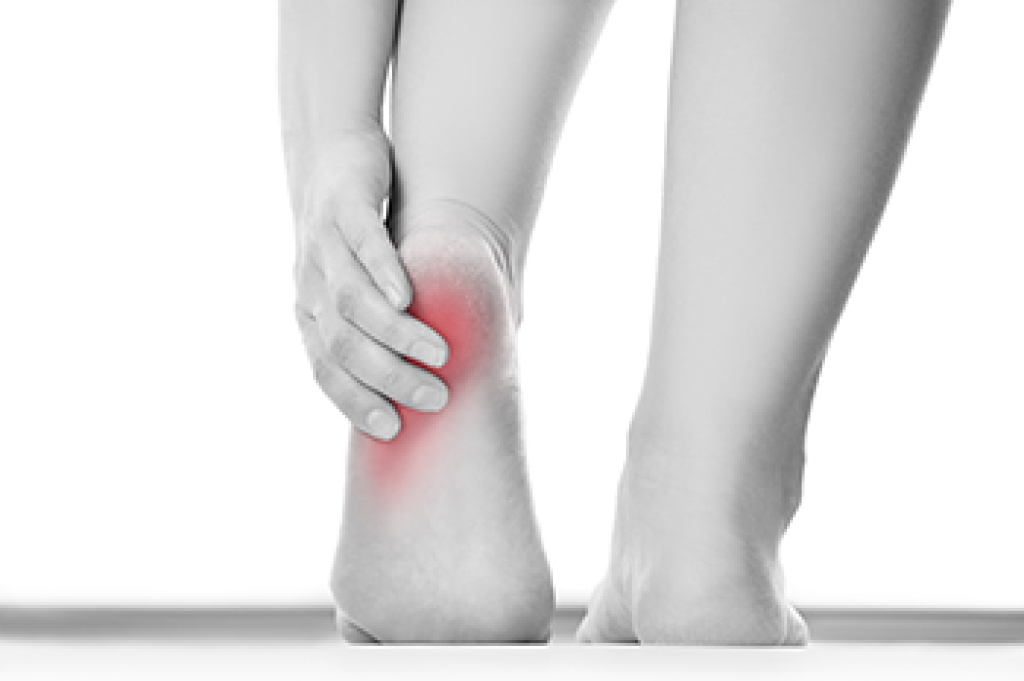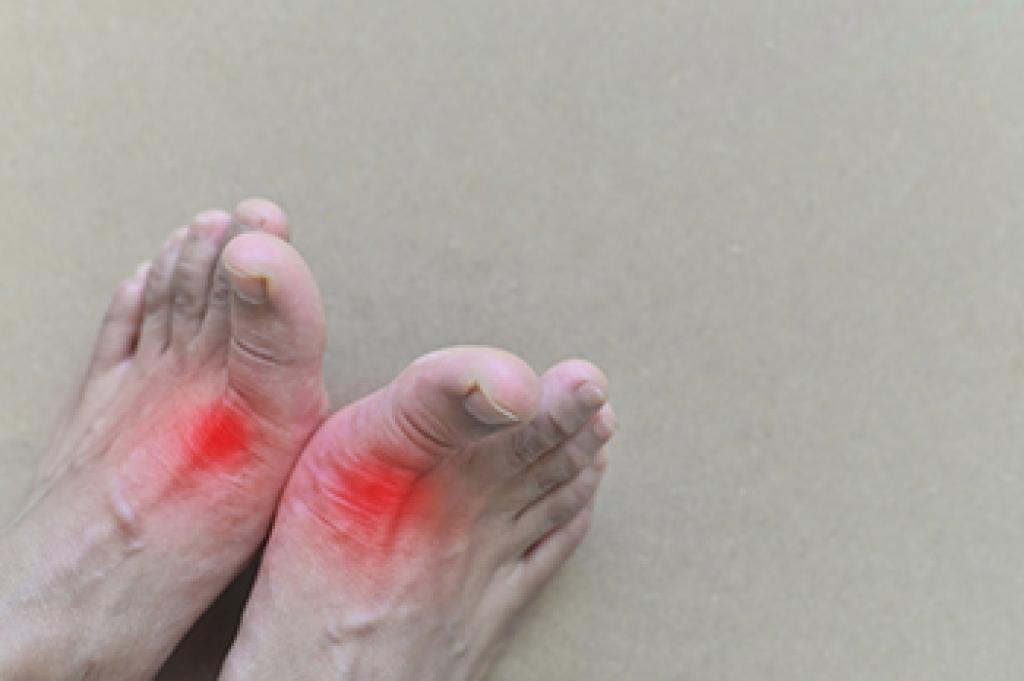
Ankle osteoarthritis develops when the joint wears down, often years after an earlier ankle injury. Damage from a past sprain or fracture can change how the ankle moves and put more pressure on the joint’s thin layer of cartilage. This can lead to swelling, stiffness, and pain that sometimes spreads into the middle or back of the foot. People may also notice grinding or popping when they point or flex their toes. In addition, the ankle can feel less flexible when walking, especially when wearing flip-flops. Extra body weight and repeated hard impact on the feet put more strain on the ankle and increase discomfort. A podiatrist can examine the ankle joint and order imaging to check the cartilage and ligaments to determine a course of treatment. Options include bracing and inserts for support or surgery when the damage is severe. If you have symptoms of osteoarthritis in the ankles, it is suggested that you make an appointment with a podiatrist for a diagnosis and treatment.
Arthritis can be a difficult condition to live with. If you are seeking treatment, contact Paul Potach, DPM from Illinois . Our practitioner can provide the care you need to keep you pain-free and on your feet.
Arthritic Foot Care
Arthritis is a joint disorder that involves the inflammation of different joints in your body, such as those in your feet. Arthritis is often caused by a degenerative joint disease and causes mild to severe pain in all affected areas. In addition to this, swelling and stiffness in the affected joints can also be a common symptom of arthritis.
In many cases, wearing ill-fitting shoes can worsen the effects and pain of arthritis. Wearing shoes that have a lower heel and extra room can help your feet feel more comfortable. In cases of rheumatoid arthritis, the arch in your foot may become problematic. Buying shoes with proper arch support that contour to your feet can help immensely.
Alleviating Arthritic Pain
- Exercises that stretch the foot can prevent further pain and injury and increase mobility
- Most of the pain can be alleviated with anti-inflammatory drugs, heat, and topical medications
- Massages can help temporarily alleviate pain.
It is best to see your doctor for the treatment that is right for your needs and symptoms. Conditions vary, and a podiatrist can help you determine the right method of care for your feet.
If you have any questions please feel free to contact our offices located in Wheeling and Berwyn, IL . We offer the newest diagnostic tools and technology to treat your foot and ankle needs.





